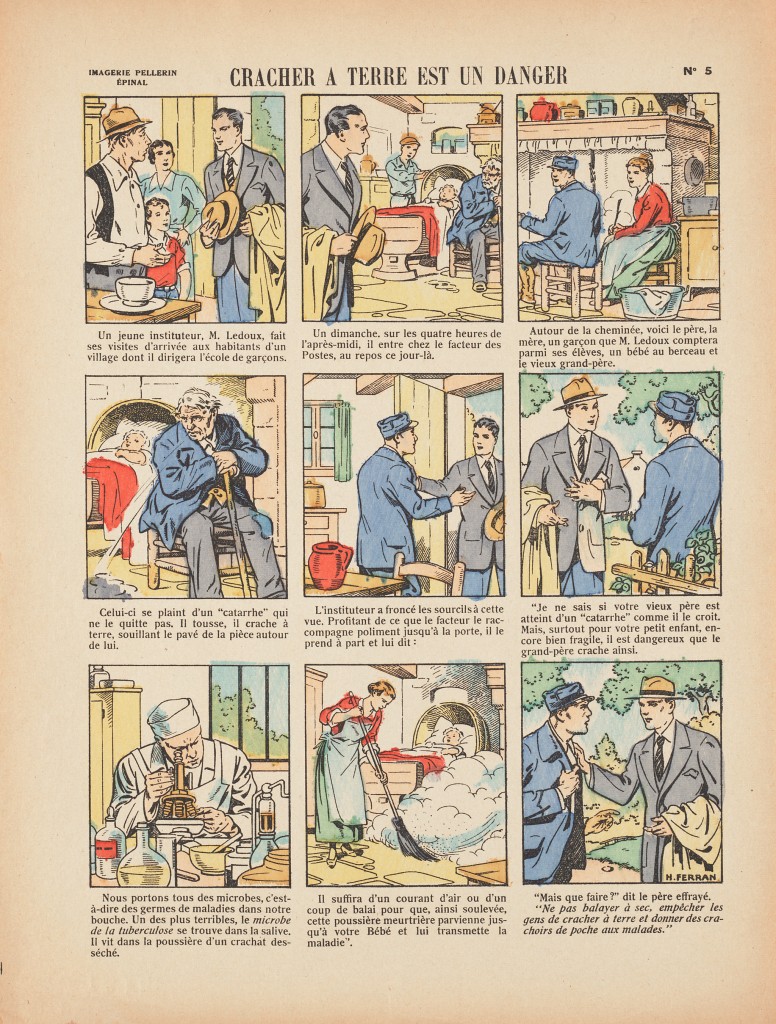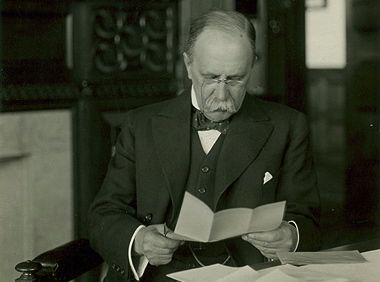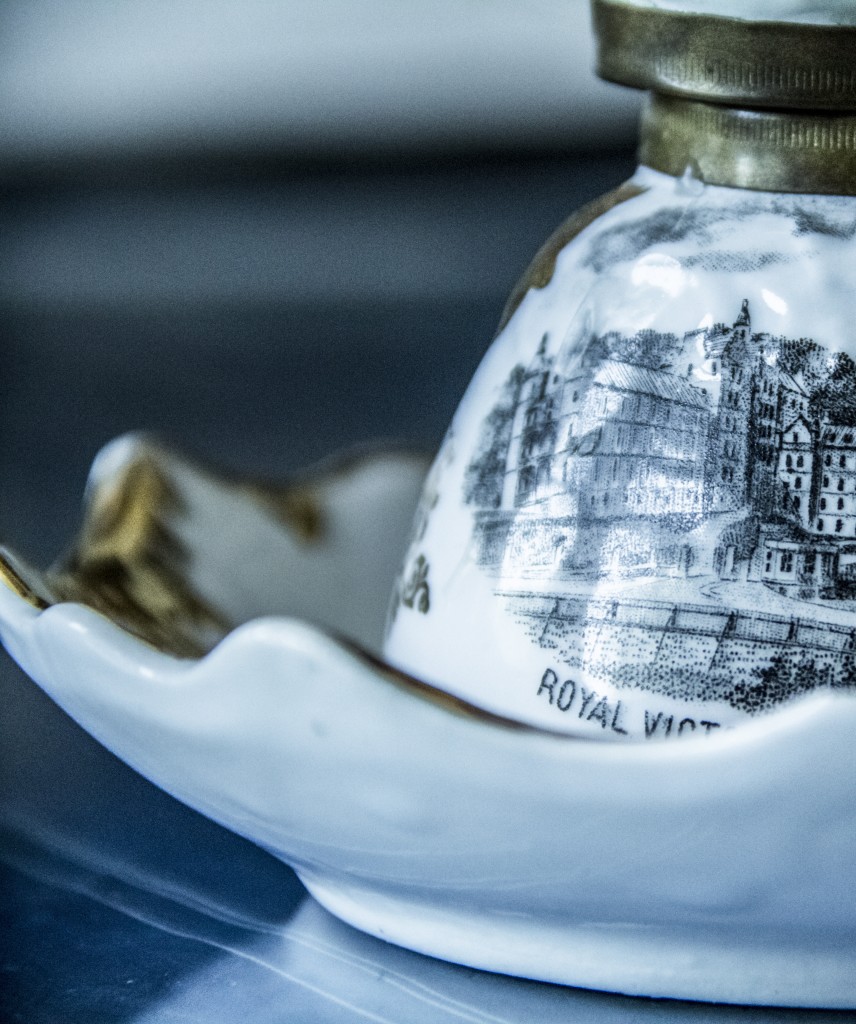The Osler Library recently acquired the work Iconographie photographique de la Salpêtrière. Service de M. Charcot. Published in Paris by Les Bureaux du progrès médical between 1876-1880, this three-volume book is by Desiré Magloire Bourneville (1840-1909) and Paul-Marie-Léon Regnard (1850-1927), students of the titular Monsieur Charcot, known as “the father of neurology” and whose work on hysteria, the “great neurosis,” fills these pages.
Jean-Martin Charcot (1925-1893) worked and taught at the Salpêtrière Hospital in Paris, originally a saltpetre factory before it was set up as a hospice in the 17th century to house and treat women with mental illness or epilepsy. The hospital also included a prison for women convicted for prostitution. The 19th century brought some humanitarian reforms in the treatment of mentally ill criminals and La Salpêtrière was reconceived as a psychiatric hospital under Charcot’s stewardship. His research there won him students and admirers from across Europe, including a young doctor named Sigmund Freud.
Charcot became famous for his work in neuropathology through a series of lectures on hysteria, the first of which was given in June of 1870. His method attempted to correlate observable signs of hysteria in patients with lesions in the brains discovered through eventual autopsy. The Iconographie photographique emerged from these studies and was intended to provide an objective account of hysteria and epilepsy, believed to be a related nervous disease, through the still relatively new technology of photography. 119 black and white images, mostly photolithographs, depict young female patients in various stages of hysterical “attacks.” These are accompanied by the case histories of patients, which include clinical findings such as rates of respiration and pulse, extremely precise physical descriptions such as measurements of head and limb circumference, and even transcripts of patients’ delirious ramblings.
The photographs reproduced are labeled according to the stages of hysteric attack as Charcot identified and named them:

“Période épileptoide,” plate 13. This Charcot defined as the presence of seizures, muscular contracts, or outbursts.
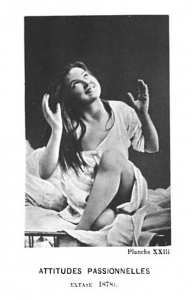
“Attitudes passionnelles” – “extase.” Plate 23. This third phase (following the “clown stage,” or one characterized by “grands mouvements”) was defined by impassioned gestures, visible ecstasy, or withdrawal into contemplative or even beatific states.
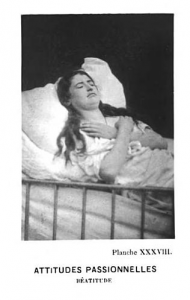
“Béatitude.” Plate 38.
The Osler copy is also accompanied by an additional volume, the original set of 40 albumen prints of photographs taken by Paul Regnard, issued in a cloth-backed printed portfolio. It is the only copy of this work in Canada. This item was purchased through the generosity of the Friends of the McGill University Library.
References and further reading:
Christopher G. Goetz et al. Charcot: constructing neurology. New York: Oxford University Press, 1995.
J. Bogousslavsky, ed. Following Charcot: a forgotten history of neurology and psychiatry. Basel ; New York : Karger, 2011.
Jane Kromm. The art of frenzy : public madness in the visual culture of Europe, 1500-1850. London ; New York : Continuum, 2002.
Asti Hustvedt. Medical muses : hysteria in nineteenth-century Paris. New York : Norton, 2011.
Tiphaine Besnard. Les prostituées à la Salpêtrière et dans le discours médical : 1850-1914 : une folle débauche. Paris : L’Harmattan, 2010.
Please contact osler.library@mcgill.ca for more information.





